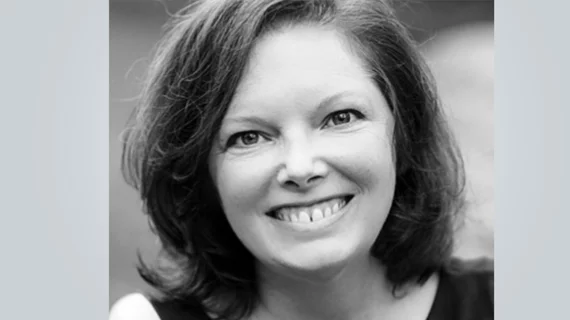Themed publications aren’t my thing. Maybe it’s an attention span problem or that my brain is brimming with questions I want to explore and stories I think we should write. Whatever the reason, I’m never the one suggesting a series of articles looking at a topic from several angles.
But sometime themes just happen. See the first word of the first headline of this issue’s cover story. There it is in bold, 36-point, all-caps: CHALLENGE.
So, that’s it, our theme. Perhaps it’s karma, as it came together without (much) planning —10 challenges that the world outside of your exam rooms, labs, operating rooms and offices has in store for you. Some examples:
- Budding Tech: Will you be able to resist the hype that comes when new, seemingly successful innovations become the focus of not just your peers but also New York Times features and the Twittersphere?
- Silver Tsunamis: Have you prepared your team for not one, but two, silver tsunamis that are supersizing your patient population while shrinking the clinician workforce?
- Consumer-style Expectations: Patients say what they most want in a physician isn’t clinical prowess but mushy nonclinical stuff and more of, you guessed it, your time. And they’re rating you, and your wait-times, like a burger joint.
- Nontraditional Alliances: Mergers and acquisitions just keep coming, many of them now heralded as disruptive. At least a couple will stick, probably upending how you work, so you’d better weigh in.
- Affordability Issues: Medications seem to be getting pricier all the time. If your patients (or your hospital) can’t afford them, should you change your own prescribing patterns?
- Documentation Demands: You didn’t get into medicine to become a coder, but now you need to know at least the basics—which aren’t all that basic anymore—and all the rules that go with them to ensure you’re properly and fairly reimbursed.
- Murky Metrics: Like it or not, today’s healthcare runs on metrics, affecting how clinicians are evaluated and paid, even as at least some physicians doubt the data.
- Digital Everything: And, oh yeah, there’s a digital transformation under way, and as we know from how the EHR turned out, you’d better help it along or prepare to get run over.
Wait! Don’t throw up your hands and fret. Keep reading because the stories in this CVB are about challenges and solutions. I promise, there’s optimism and enthusiasm to be found in our features and, more important, there are opportunities for you.
Your challenge, if you choose to accept it—and, of course, you will because cardiovascular professionals are problem-solvers at heart—is to claim one or more of the challenges looming on the not-too-distant horizon. Good luck. We’re rooting for you and ready to write about your experiences. I’d love to hear about them.
Kathy Boyd David, Editor
kbdavid@cardiovascularbusiness.com

